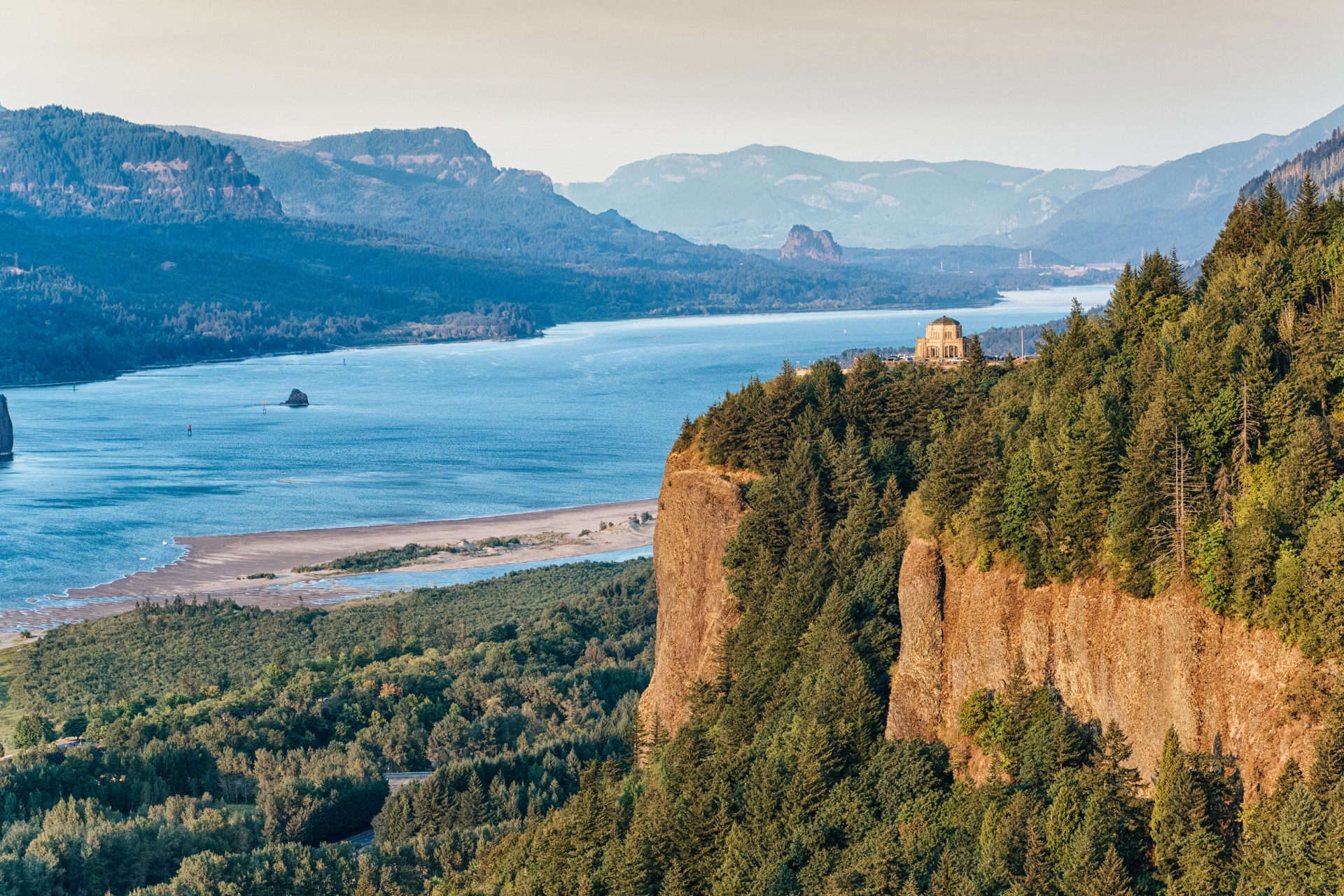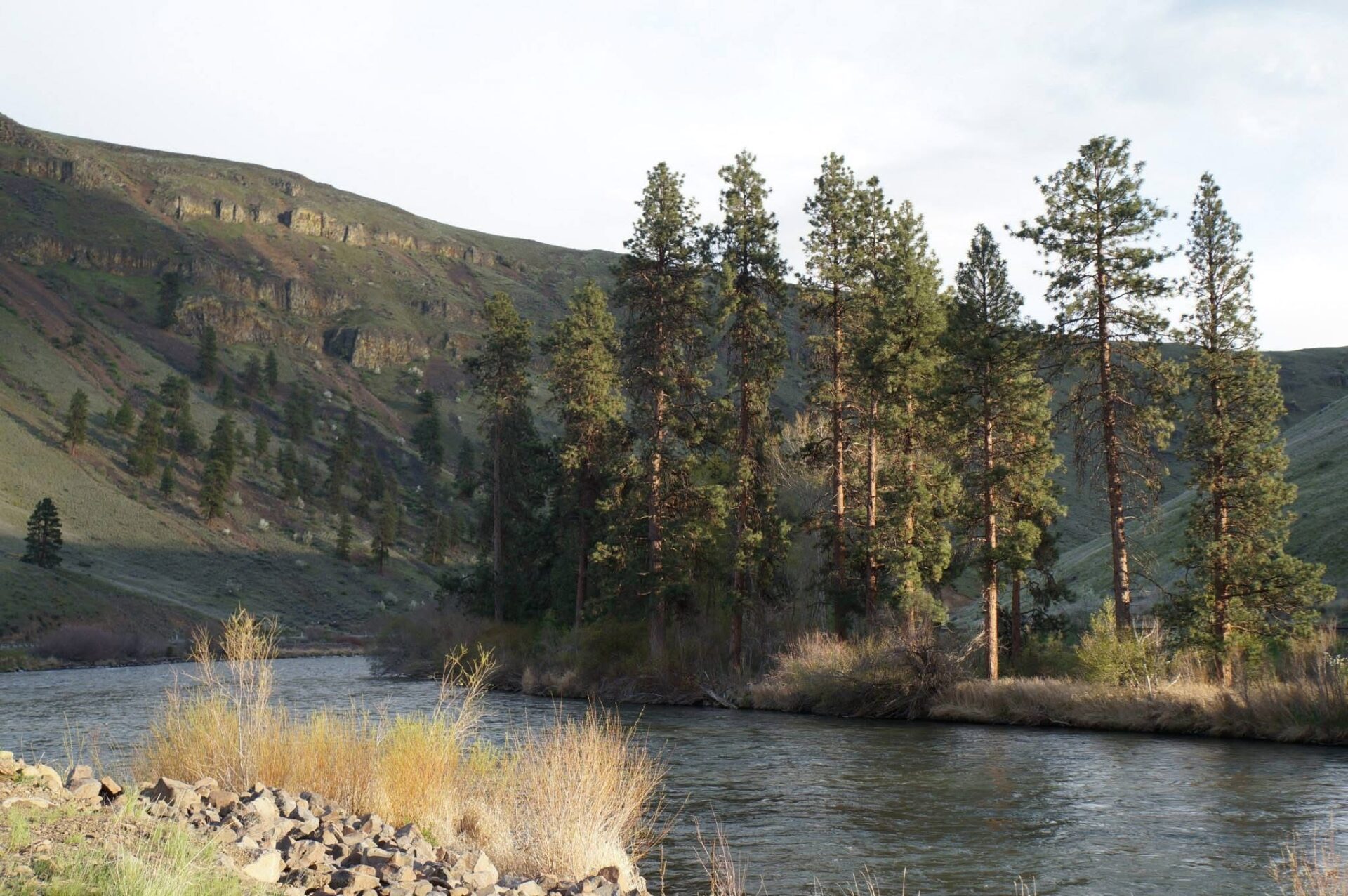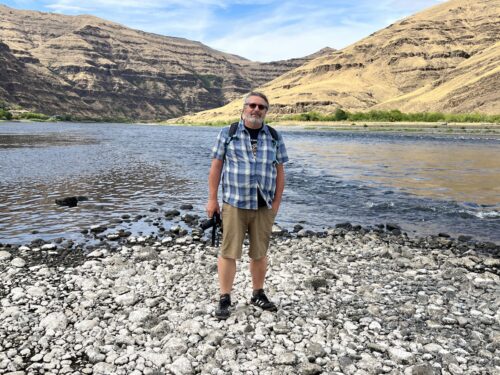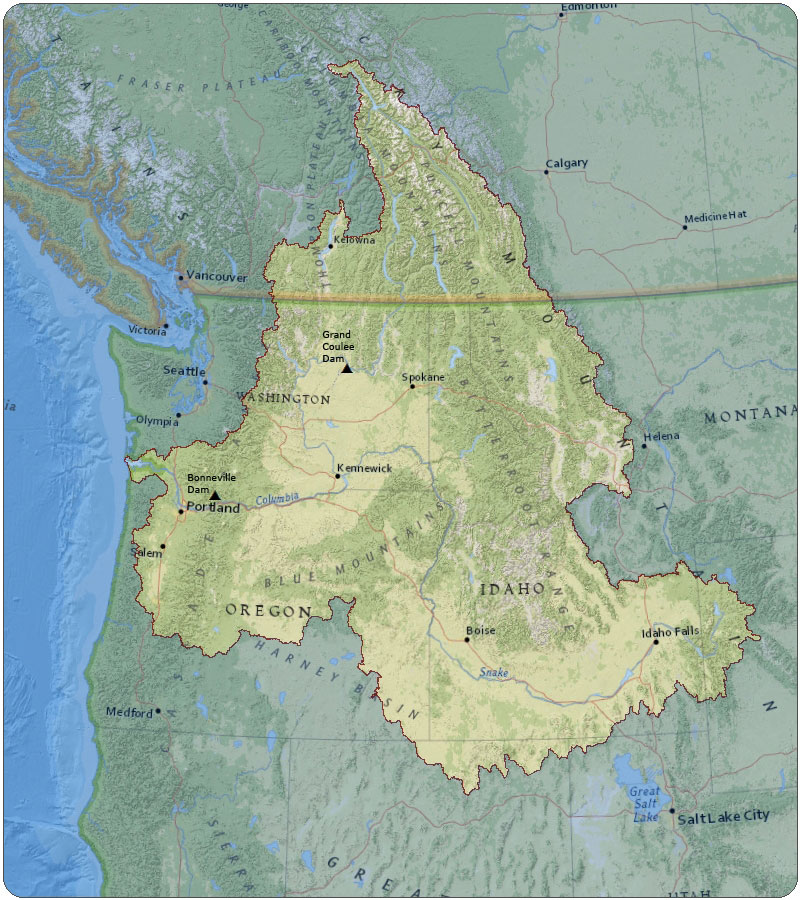Cle Elum Reservoir, Upper Yakima Basin, October 2025 - Photo: Chris Wilke/CELP By Stephanie Hartsig,…

Comment: Goldendale Energy Storage Project
Background
Rye Development plans to build the most extensive pumped-storage hydroelectric development in the Pacific Northwest. Energy generated from the project will be sent to the grid at the nearby John Day Substation in Oregon to provide power when other renewable sources, like wind and solar, are unavailable.
Composed of an upper and lower reservoir, the off-channel system located along the Columbia River near Goldendale, WA, would release water from the upper reservoir downhill to the lower reservoir to generate energy. The lower reservoir would be located on a portion of the former Columbia Gorge Aluminum smelter site with water for the initial fill to be drawn from the Columbia River under a permit that once served the aluminum plant. Thereafter, supplemental water to meet energy needs and offset evaporation would be purchased from the Klickitat Public Utility District. In addition to the construction of the two reservoirs, the project would also install an underground water conveyance tunnel and powerhouse, 115 and 500 kilovolt transmission lines, an electrical substation/switchyard, and other related facilities.
Proponents of the plan emphasize that the project would be a boon to the state’s clean energy goals, bringing in 1,200 megawatts of carbon-free electricity to the grid. Furthermore, the project is expected to generate about 3,000 jobs over its five-year construction period and maintain 50 to 60 full-time positions once it is up and running. It would also produce a projected $14 million in tax revenue for the region. As the lower reservoir is located on the site of a former smelter, there would also be environmental benefits from the $10 million proposed for cleanup of the brownfield site.
CELP's Position and Argument
The climate crisis demands we end our reliance on fossil fuels as soon as possible, and while the Goldendale Energy Project would bring carbon-free energy to the state, The Center for Environmental Law & Policy is firmly opposed to this project as currently proposed.
Location, location, location.
Our greatest concern lies with the violation of Indigenous cultural heritage and resources. The Yakama Nation has opposed the proposal from the beginning siting that Rye’s development would directly interfere with at least nine culturally significant sites. Proposed construction in the area known as Pushpum, has been a sacred site for Yakama ceremonies, legend, and the gathering of traditional roots and medicines since time immemorial. The excavation and trenching of this site will cause irreparable harm to these historic sites, most notably destroying the archaeological site of the Willa-witz-pum Band’s ancestral village, as well as impede access to exercise ceremonial practices and treaty-fishing rights at As’num.
In addition to Yakama Nation, three other tribes—the Confederated Tribes of the Umatilla Indian Reservation, the Nez Perce Tribe and the Confederated Tribes of Warm Springs—have said the project would likely destroy or have serious consequences for sites and areas they also consider sacred.
Additionally, CELP is concerned with the project’s impacts on habitat loss for a range of wildlife, but especially predatory bird species. Wildlife biologists have raised concerns that the proposed reservoirs would attract more birds to the area, located near a large wind farm, and therfore increase wind-turbine bird kills. It has been well established by both WDFW and USFWS that bald and golden eagles, as well as prairie falcons nest in the area. Prairie falcons have been identified as a state priority species, and as such, require protective measures for their survival due to their population status, sensitivity to habitat alteration, and/or recreational, commercial, or tribal importance.
CELP submitted comments regarding the draft license application to the Federal Energy Regulatory Commission (FERC) in March 2022. We also signed on to a joint letter sent by several of our partners urging the governors and state senators of Washington and Oregon to oppose the project.
2022 Update
Despite opposition from tribes and environmental groups, the Goldendale Energy Storage Project continues to move forward.
As part of the Federal Energy Regulatory Commission (FERC) process to license hydropower projects, the state has to issue a Clean Water Act Section 401 Water Quality Certification that the project aligns with state water quality standards. Rye’s initial application was denied in 2021 due to insufficient information, but was resubmitted to the Department of Ecology in May 2022 and is currently under review.
Separately, the Department of Ecology also conducted an environmental impact study (EIS) and opened up a comment period on the draft study in summer 2022, which CELP responded to. Our position on the project remains the same—opposed in its current form and location. We continue to stand with the Yakama and do not support sacrificing important cultural sites and continuing to encroach on treaty rights in the name of climate change. We desperately want to see Washington succeed in transitioning away from fossil fuels, but that transition must be made equitably.
Additionally, CELP continued to raise concerns regarding wildlife habitat and potential impacts on bird mortality. Furthermore, CELP has urged Ecology to consider other factors such as the ongoing Columbia River Treaty negotiations that will change how the Columbia River is managed and might increase flood risk in the proposed project area, economic viability, the proposed use of relatively untested shade balls to control evaporation, and the use of outdated studies to determine earthquake risk.
1.
Comment: Goldendale Energy Storage Project



